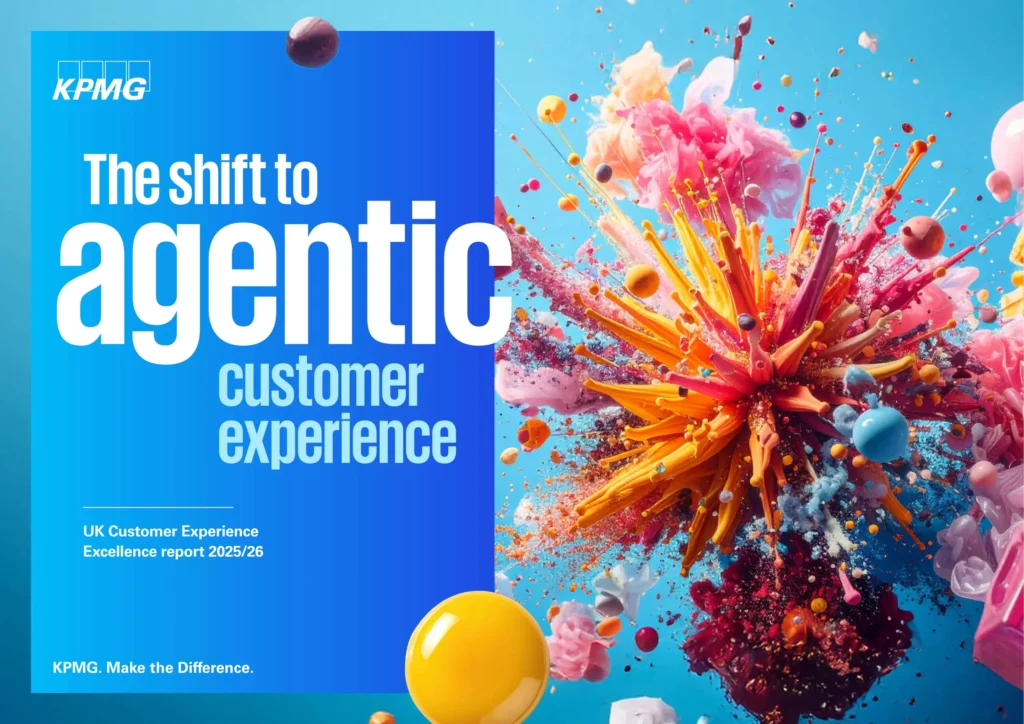By holding on to legacy contact centre systems, businesses expose themselves to a variety of risks—from inefficiencies and higher costs to security vulnerabilities and missed opportunities for innovation. Here are the hidden cost of outdated contact centres.
U.S. sales and service agents waste approximately 516 million hours annually due to ineffective software and outdated systems.
— Freshworks
1. Struggling to meet modern customer expectations across channels
Customers today want seamless, real-time service across their preferred channels—whether it’s chat, social media, email, or voice. A legacy contact centre system, often designed primarily for voice communication, falls short in providing this omnichannel experience.
For example, a customer may start an inquiry on chat and want to continue it over email, but with legacy systems, this interaction is often fragmented. This frustration can lead to lost customers, while your competitors using modern systems can provide smooth, connected experiences that boost loyalty and satisfaction.
2. Wasting valuable resources on outdated and inefficient systems
Legacy systems often require significant manual intervention and constant troubleshooting, wasting valuable human resources and time. For instance, agents may need to jump between multiple disconnected systems to handle one customer inquiry, slowing down response times and creating inefficiencies.
On the other hand, modern CCaaS platforms automate routine tasks like call routing or customer segmentation and provide unified interfaces, enabling agents to focus on more important tasks, such as complex problem-solving or personalising interactions. This efficiency directly translates to cost savings and higher productivity.
3. Facing high risks with unsupported and end-of-life technology
Many legacy systems are nearing the end of their lifecycle, meaning vendors may no longer provide support, security patches, or updates. This exposes your business to system failures and security risks.
For example, an unsupported system can become vulnerable to cyberattacks, data breaches, or compliance issues, particularly if the system doesn’t meet modern data protection standards like GDPR. In contrast, modern cloud-based systems are regularly updated with the latest security protocols, ensuring your business is protected and compliant with industry regulations.
4. Missing out on AI, automation, and personalisation
One of the key advancements in modern contact centres is the use of AI, automation, and personalisation to streamline operations and enhance customer experiences. Legacy systems do not support these capabilities, leaving businesses behind. For example, AI-powered chatbots can handle routine customer inquiries, freeing up agents to focus on more complex issues.
Workflow automation ensures that tasks like ticketing and escalations happen seamlessly, without manual input. Without these tools, businesses are forced to rely on outdated processes that can slow response times and prevent them from delivering the level of personalised service that customers now expect.
5. Lack of integration with modern business tools
Legacy systems are often siloed, making it difficult to integrate with other critical business systems like CRM, ERP, or marketing automation tools. For example, without integration with a CRM system, agents might have to ask customers for information they’ve already provided, which creates frustration and wastes time.
In contrast, modern CCaaS platforms can pull customer data from various sources, giving agents a 360-degree view of the customer’s journey. This not only improves the efficiency of agents but also provides a more seamless and personalised experience for the customer.
6. Higher maintenance costs and operational risks
Maintaining legacy systems can be costly, as they often require expensive hardware, software licenses, and ongoing support from external vendors. As these systems age, the need for frequent repairs increases, and finding the right technical expertise becomes more difficult, leading to higher operational risks.
For example, businesses relying on legacy systems may face long downtimes when issues arise, affecting customer service and business continuity. In contrast, cloud-based CCaaS solutions are fully managed by the service provider, reducing the need for in-house IT maintenance and ensuring that the platform is always up-to-date with the latest features and fixes.
7. Poor user experience for agents and supervisors
Legacy systems typically have clunky, outdated interfaces that make it harder for agents and supervisors to do their jobs efficiently. For example, agents may need to switch between multiple screens or systems just to access the information needed for a single customer interaction, which leads to slower response times and frustration for both the agent and the customer.
Supervisors face similar issues when trying to pull reports or monitor agent performance, as legacy systems often lack real-time analytics and dashboards. Modern CCaaS platforms provide intuitive, user-friendly interfaces with real-time insights that make it easier for agents to access relevant information and for supervisors to monitor performance and coach their teams.
By holding on to legacy contact centre systems, businesses expose themselves to a variety of risks—from inefficiencies and higher costs to security vulnerabilities and missed opportunities for innovation. Here are the hidden cost of outdated contact centres.
Only 30% of contact centres have real-time visibility into agent performance, making it difficult to track and improve service quality.
— Aberdeen Group
8. Lack of flexibility and scalability
Legacy systems are typically built on rigid architectures that make scaling difficult. If your business experiences growth or a sudden spike in customer inquiries, scaling a legacy system to meet this demand could involve costly hardware upgrades or complex custom development.
For instance, during peak seasons like holidays, a business may need to quickly scale up its contact centre operations, but a legacy system won’t allow for that flexibility. Modern CCaaS platforms, on the other hand, can scale up or down easily, allowing businesses to handle increased customer volume without requiring major infrastructure investments.
9. Slow innovation and limited competitiveness
Businesses that stick with legacy systems struggle to adopt new technologies and innovations that can improve efficiency and customer satisfaction. For example, implementing a new feature like AI-powered voice assistants or real-time customer sentiment analysis on a legacy system might require significant custom development or third-party integration.
This slow pace of innovation can make your business less competitive, as newer, more agile competitors can quickly adopt these cutting-edge technologies and offer enhanced customer experiences. Modern CCaaS platforms allow for continuous updates and feature rollouts, ensuring that your business stays at the forefront of customer service innovation.
10. Security and compliance risks
Legacy systems often lack the robust security features required to protect sensitive customer data in today’s environment. Without regular updates or security patches, these systems are more vulnerable to data breaches and cyberattacks, which can lead to severe financial and reputational damage.
For example, if a legacy system is compromised, customer data could be stolen or corrupted, leading to potential fines or loss of trust from customers. Modern cloud-based solutions are designed with built-in security features like data encryption, role-based access controls, and compliance with industry standards like PCI DSS and GDPR, ensuring your business is well-protected against these risks.
By holding on to legacy contact centre systems, businesses expose themselves to a variety of risks—from inefficiencies and higher costs to security vulnerabilities and missed opportunities for innovation.
Transitioning to a modern CCaaS platform can help your business overcome these challenges, enabling you to provide exceptional customer service, reduce costs, improve agent productivity, and remain competitive in an ever-evolving market.







